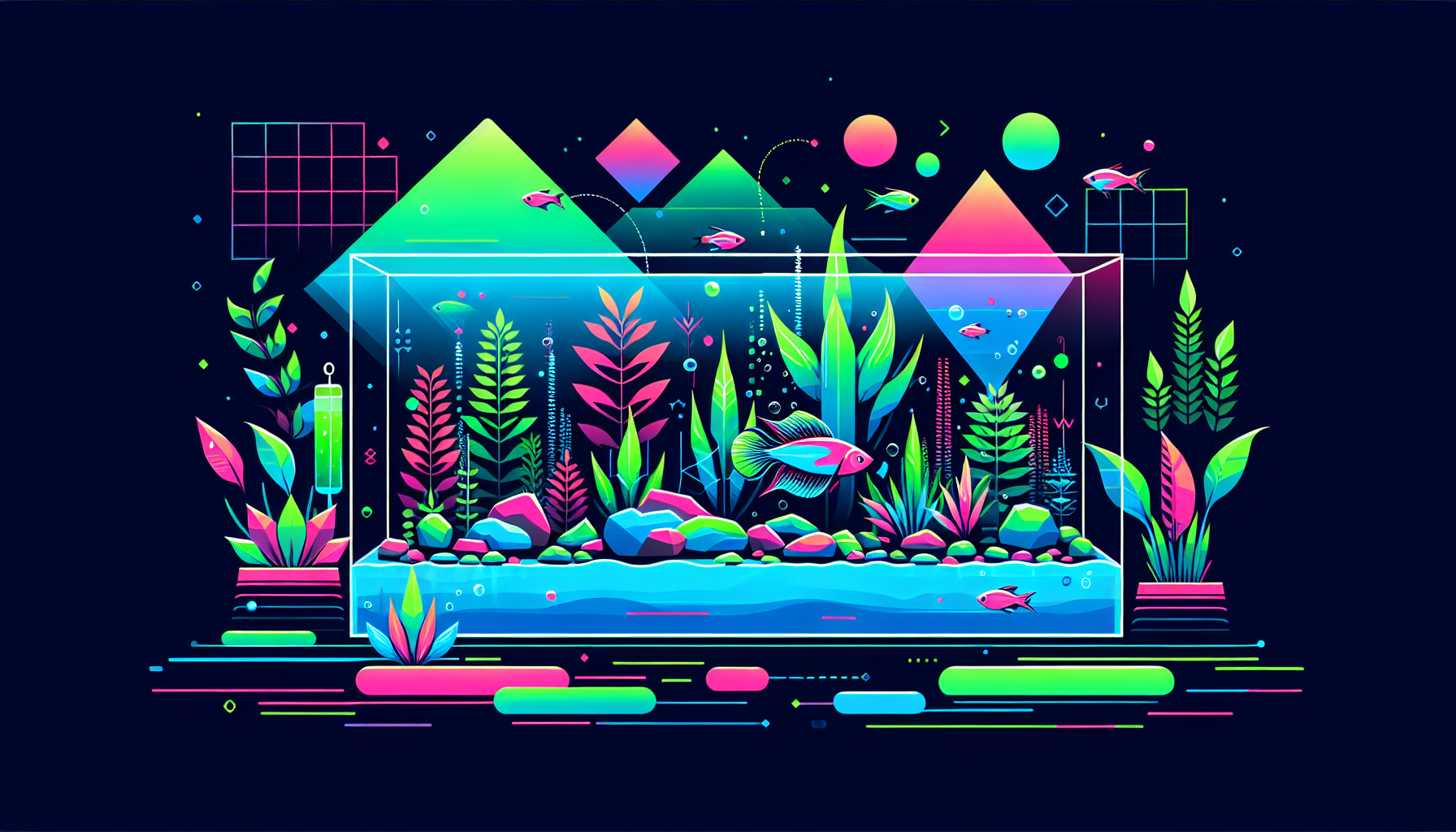How to Aquascape Basics (Beginner Guide)
Aquascaping combines art and nature to create beautiful underwater landscapes in your aquarium. Whether you’re a total beginner or just brushing up on the fundamentals, this guide will walk you through the aquascape basics and essential steps to set up your very first aquascape.
What is Aquascaping?
Aquascaping is the craft of designing and arranging aquatic plants, stones, driftwood, and other natural elements in an aquarium. The goal is to create visually appealing aquatic scenes that mimic natural landscapes or abstract designs. Popular aquascaping styles include Iwagumi, Dutch, Nature Aquarium, and Biotope.
Essential Tools and Materials You’ll Need
- Aquarium tank: Start with a 10-20 gallon tank for easier maintenance.
- Filtration system: Ensures clean, healthy water for fish and plants.
- Substrate: Plant-friendly soil or sand provides nutrients and stability.
- Lighting: LED or fluorescent lighting supports plant growth.
- CO2 system (optional): Boosts plant health and vibrancy.
- Aquascaping tools: Tweezers, scissors, and spatulas for precision work.
- Decor: Rocks, driftwood, and other hardscape elements.
- Aquatic plants: Beginner-friendly species such as Java Fern, Anubias, and Cryptocoryne.
- Water conditioner: Removes harmful chemicals from tap water.
- Heater (if needed): Maintains stable water temperature for tropical species.
Step-By-Step: How to Start Your First Aquascape
1. Planning Your Design
Before adding anything to your aquarium, visualize your desired layout. Research aquascape styles or aquascape ideas for inspiration. Sketch your plan, considering focal points, plant placement, and open swimming areas for fish.
2. Setting Up the Aquarium
- Rinse the tank and materials: Clean your tank, substrate, rocks, and wood to remove debris or contaminants.
- Add the substrate: Layer your substrate about 2–3 inches deep, sloping it higher at the back for depth.
- Place hardscape: Arrange rocks and driftwood based on your design. Use the “rule of thirds” for balanced visuals.
3. Planting Aquatic Plants
Plant taller species at the back and sides, mid-size plants in the middle, and low-growing or carpeting plants like Monte Carlo at the front. Use aquascaping tools for easy planting and less disturbance.
4. Filling and Cycling Your Aquarium
- Slowly fill the tank with dechlorinated water to avoid disturbing the layout.
- Install your filter and heater (if required), then turn on the lighting.
- Start a fishless cycle to establish beneficial bacteria and ensure a healthy tank environment.
5. Adding Fish and Final Touches
Once your tank is fully cycled (usually after 4–6 weeks), start gradually adding fish and invertebrates. Choose species that are compatible with your aquascape and maintenance level. Monitor water parameters, trim plants as needed, and clean the glass for the best appearance.
Top Aquascaping Tips for Beginners
- Start simple: Select easy plants and minimal decor until you gain confidence.
- Practice regular maintenance: Water changes and pruning support healthy growth.
- Don’t overcrowd: Leave open space for visual balance and fish swimming.
- Be patient: Beautiful planted tanks develop over time. Enjoy the process!
- Keep learning: Explore more on aquascaping guides and tutorials.
Common Beginner Mistakes (and How to Avoid Them)
- Skipping the cycling process, which can harm fish.
- Using non-aquarium-safe decor that leaches toxins.
- Neglecting regular water changes and plant care.
- Overstocking with too many fish or incompatible species.
- Poor lighting choices resulting in algae or weak plant growth.
Conclusion
Aquascaping is a rewarding journey that blends creativity, science, and patience. Starting with the aquascape basics helps build a thriving, beautiful aquarium for both you and your aquatic pets. As your skills grow, so will your underwater landscapes!
Ready to dive deeper? Explore our detailed aquascaping guides or share your first aquascaping experience in the comments below!



